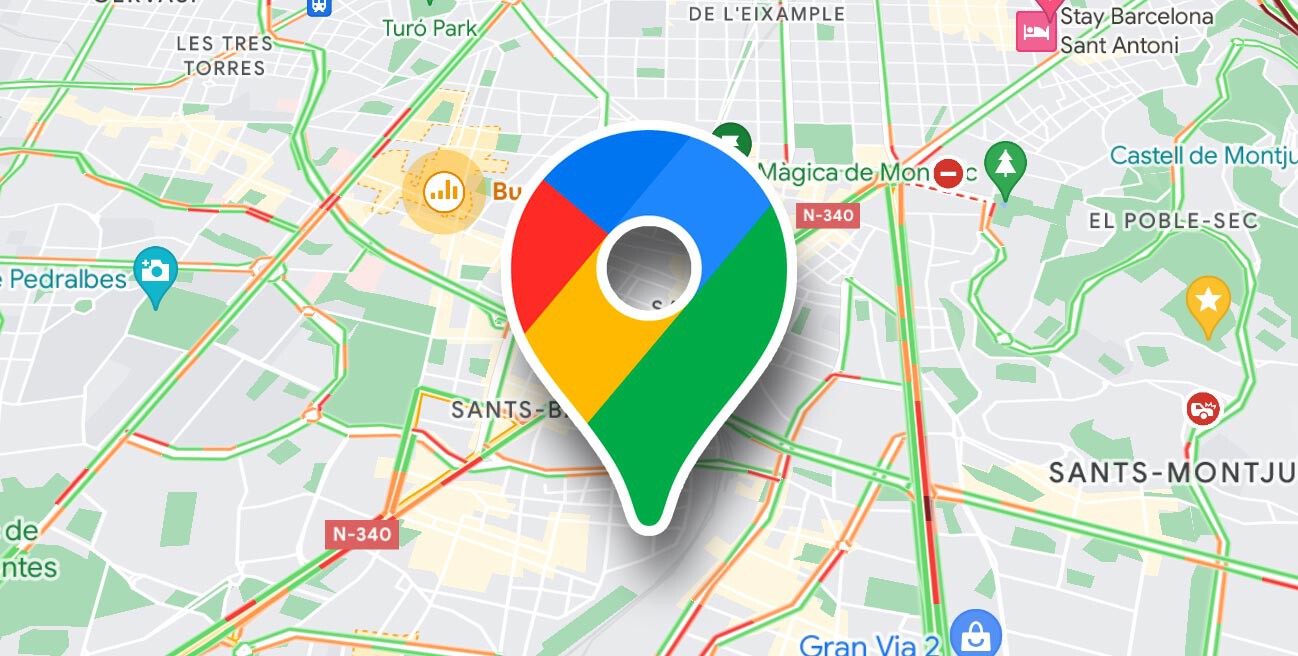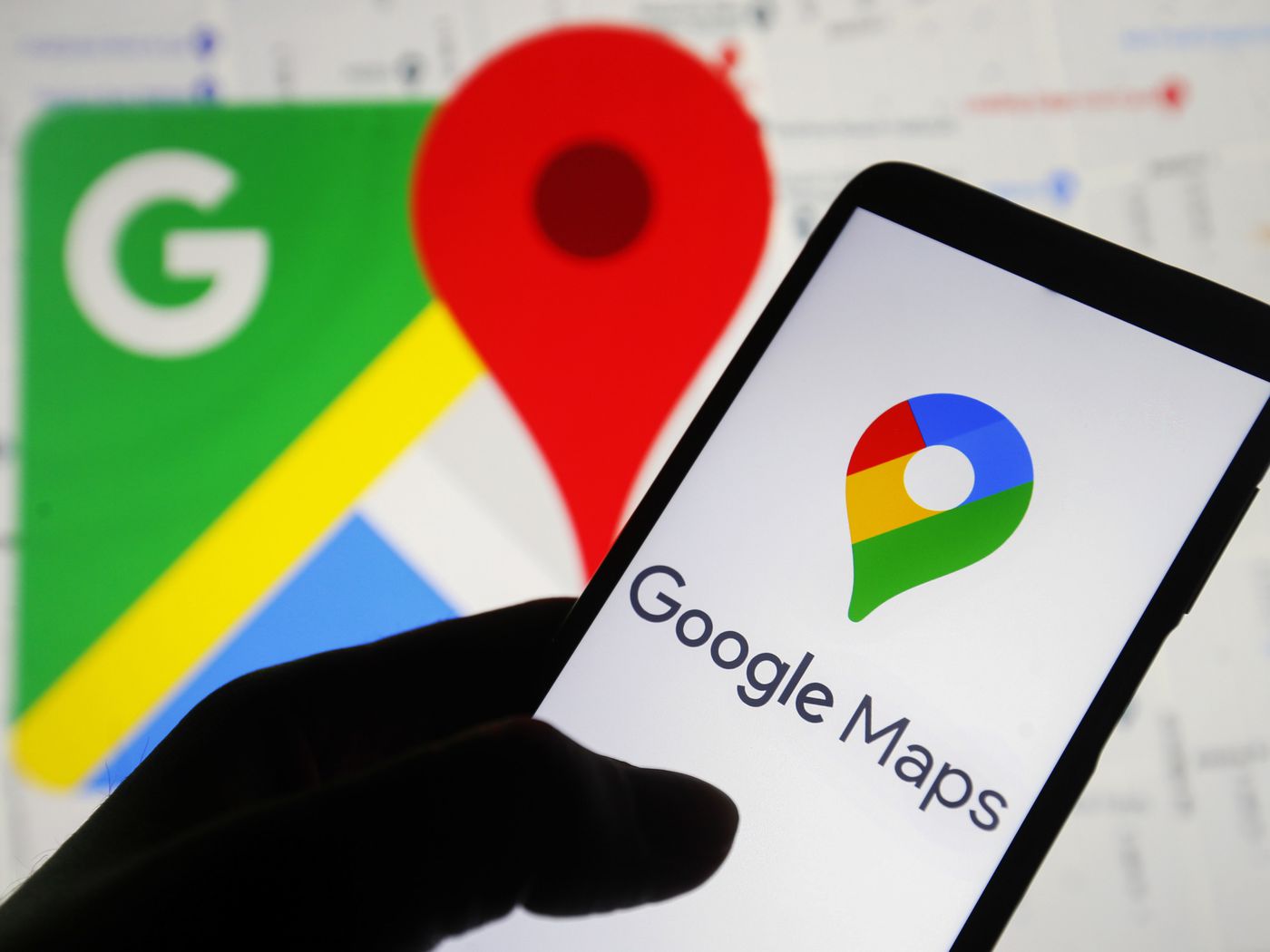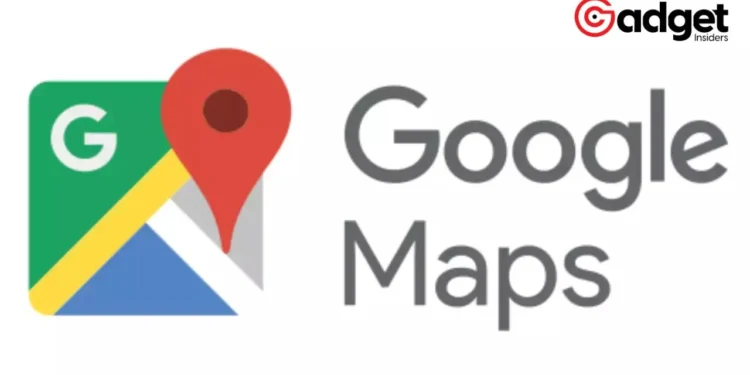In an age where technology shapes every aspect of our lives, from how we communicate to how we navigate our world, it’s easy to forget the fallibility of the digital tools we’ve come to rely on. A recent harrowing adventure of two German tourists in the vast Australian wilderness serves as a stark reminder of this vulnerability. Philipp Maier and Marcel Schoene’s reliance on Google Maps for guidance transformed what should have been a straightforward journey into a grueling, week-long ordeal, highlighting the potential dangers of blind trust in technology.

Google Maps: A Journey Gone Awry
Attempting to travel from Cairns to Bamaga, Philipp Maier and Marcel Schoene chose to follow the directions provided by Google Maps, expecting a routine trip. However, the digital path laid out for them quickly devolved into a treacherous trek.
The road turned to dirt, and before they knew it, their car was ensnared in mud, 37 miles from their starting point, far from the conveniences of modern civilization.
Their story, as reported by Australian outlet 9News, unfolds like a cautionary tale for the digital age. “We decided, ‘OK, let’s follow Google Maps because Google Maps knows maybe more than we know’,” Maier recounted a decision that would test their survival skills in the days to follow.
A Test of Survival
Stranded in Far North Queensland, a region known for its rugged terrain and unforgiving natural elements, Maier and Schoene were thrust into an unexpected battle against nature.
Their journey back to Cairns was fraught with peril; they crossed rivers inhabited by crocodiles, weathered thunderstorms and extreme temperatures, and faced the daunting challenge of sleeping under the open sky, an endeavor made all the more difficult without a shelter.
Their ordeal sheds light on the stark contrast between the digital world’s promises and the unpredictable reality of nature. Despite the technological advancements that have seemingly shrunk the world, the wilderness remains untamed, indifferent to the algorithms that guide our way.

Google Maps: A Digital Misstep Acknowledged
The incident prompted a response from Google, with a spokesperson expressing relief that Maier and Schoene were safe and confirming that the misleading path had been removed from Google Maps.
The company emphasized its reliance on a variety of sources to update its maps, including third-party data, user contributions, Street View, and satellite imagery. Yet, this is not an isolated incident. Similar stories have emerged, such as the rescue of hikers in Vancouver, Canada, who were led astray by following a nonexistent trail on Google Maps.
These incidents highlight a crucial reminder: technology, for all its advancements, is not infallible. It’s a tool that, while powerful, should be used with caution and complemented with human judgment, especially when venturing into the unknown.
Tourists lost for a week in Aussie wilderness after Google Maps mishap https://t.co/4O8CFuW0Px
— Newshub (@NewshubNZ) February 21, 2024
Navigating the Balance Between Technology and Caution
As we move forward in the digital age, stories like that of Maier and Schoene serve as important lessons in the relationship between humans and technology.
They remind us of the need to maintain a balance between embracing digital tools for convenience and remaining aware of their limitations. When venturing into the wilderness, where the unpredictability of nature reigns supreme, this balance becomes even more critical.

The tale of the two German tourists lost in the Australian wilderness, misguided by Google Maps, is more than a story of survival. It’s a narrative that questions our reliance on digital navigation tools, urging a return to caution and respect for the natural world that lies beyond our screens.
In the pursuit of innovation and convenience, let us not forget the value of common sense and the importance of preparing for the uncertainty that comes with exploring the great outdoors.










